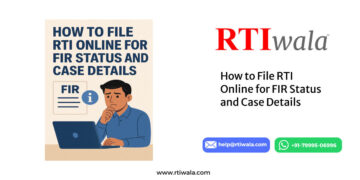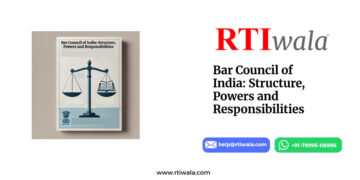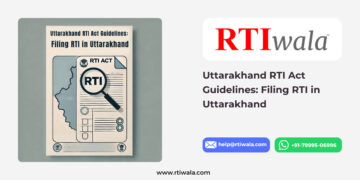Table Of Content
Introduction
In our day-to-day lives, disputes and disagreements are common, but when these escalate to threats or attempts to cause fear, they may fall under criminal intimidation as defined by Section 506 IPC of the Indian Penal Code (IPC). This section aims to protect individuals from threats to life, reputation, or property, often used in domestic disputes, workplace harassment, and neighborhood quarrels.
This article provides a detailed explanation of Section 506 IPC, including the definition, legal interpretations, punishments, and real-life implications.
What is Criminal Intimidation?
Defined Under Section 503 IPC:
Before diving into Section 506 IPC, it’s important to understand Section 503, which defines criminal intimidation:
“Whoever threatens another with any injury to his person, reputation or property, or to the person or reputation of anyone in whom that person is interested, with intent to cause alarm… is said to commit criminal intimidation.”
Section 506 IPC then prescribes punishment for committing this offence.
Section 506 IPC: Punishment for Criminal Intimidation
Basic Punishment (Part I):
- Imprisonment up to 2 years, or
- Fine, or
- Both
Aggravated Punishment (Part II):
If the threat is:
- To cause death or grievous hurt
- To destroy property by fire
- To cause harm to someone’s reputation via public dissemination, etc.
Then, the punishment increases to:
- Imprisonment up to 7 years, and
- Fine
Ingredients of the Offence
To prove criminal intimidation under Section 506, the following elements must be established:
- A threat was made.
- The threat was to cause injury to person, reputation, or property.
- There was intent to cause alarm to the victim.
- The threat was delivered directly or indirectly.
Is Section 506 IPC Bailable or Non-Bailable?
- Part I (Simple Threats): Bailable, Non-cognizable
- Part II (Serious Threats): Non-bailable, Cognizable
This means that in serious cases, the police can arrest without a warrant, and bail is not a right but a discretion of the court.
Examples of Criminal Intimidation
- Threatening someone with violence over property disputes.
- Sending threatening letters, emails, or text messages.
- Threatening to release private photos or videos unless a demand is met.
- Public threats intended to harm someone’s reputation.
Defenses Against Section 506 IPC Charges
- No intent to cause alarm.
- Lack of credible threat.
- False complaint filed out of revenge.
- No witness or evidence to support the accusation.
How to File a Complaint Under Section 506 IPC
- Approach the nearest police station.
- File an FIR detailing the threat, date, time, location, and the nature of intimidation.
- Provide evidence or witnesses, if available.
- If police refuse to act, approach the Magistrate under Section 156(3) CrPC.
How RTI Can Help in Section 506 IPC Cases
- Track the status of FIRs and investigations.
- Get copies of complaints, charge sheets, or legal opinions.
- Obtain details about previous cases filed against the accused.
- Seek updates on court proceedings or police inaction.
How RTIwala Can Assist You
- Expert Consultation – Legal help for filing or defending 506 IPC cases.
- Online RTI Filing – File RTI to track police or court actions.
- Anonymous RTI – Protect your identity while seeking information.
- Custom Drafting – Professionally written RTI applications.
Conclusion
Section 506 IPC serves as a shield against threats and psychological coercion. It ensures that no one can intimidate others into submission through fear. Whether you’re a victim or someone falsely accused, understanding this law helps you take the right legal steps. If you’re facing delays, miscommunication, or a need for legal records, RTIwala can help you file the necessary RTI to get the information you need.






















































